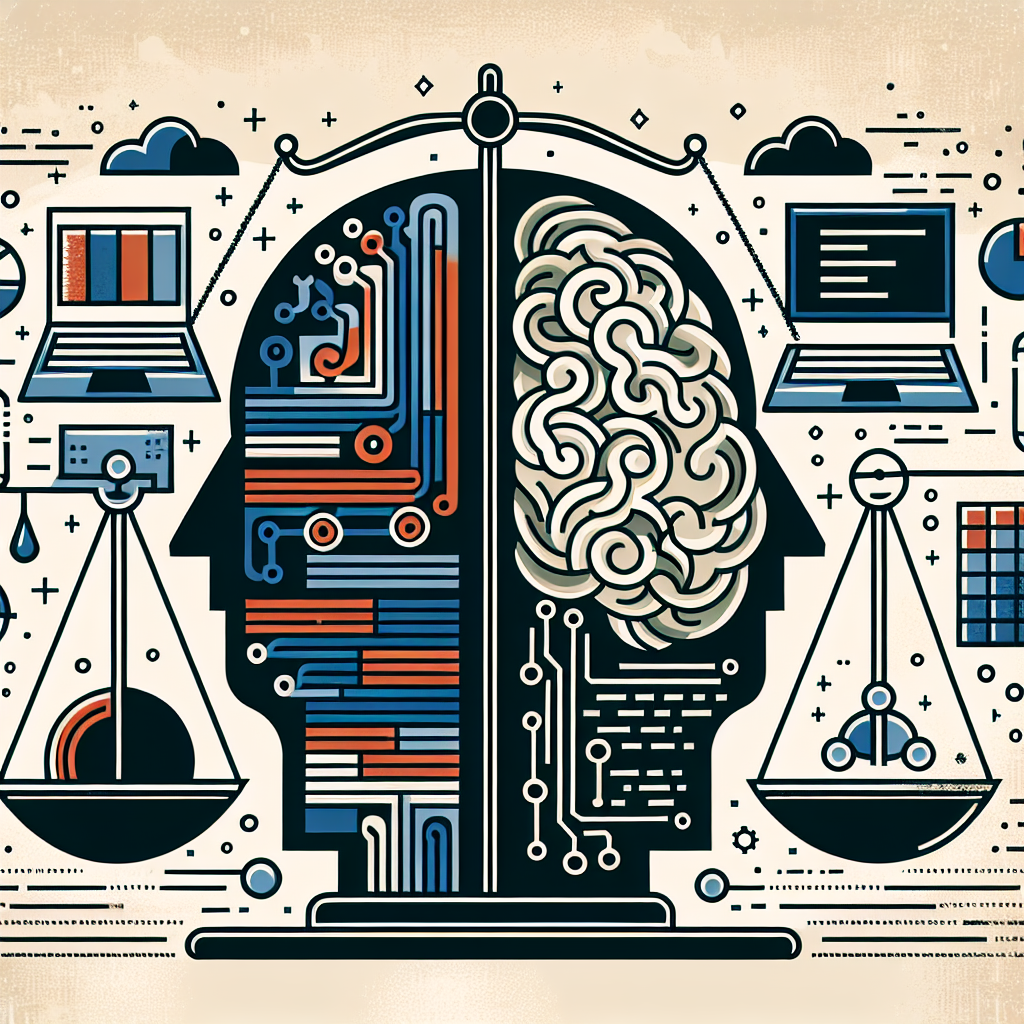Natural Language Processing (NLP) is a field of artificial intelligence that focuses on the interaction between computers and humans using natural language. It has become an increasingly important area of study as more and more businesses and industries look for ways to automate tasks, improve customer service, and gain insights from vast amounts of unstructured text data. However, like any emerging technology, NLP faces a number of challenges as well as opportunities for growth and development.
Challenges in NLP
1. Ambiguity: Natural language is inherently ambiguous, with words and phrases often having multiple meanings depending on context. This can make it difficult for computers to accurately interpret and respond to human language.
2. Variability: Language is constantly evolving, with new words, slang, and expressions being introduced all the time. NLP systems must be able to adapt to these changes in order to remain effective.
3. Lack of data: NLP algorithms rely on large amounts of data to train and improve their performance. However, finding high-quality, labeled data can be a challenge, especially in specialized domains or languages.
4. Bias: NLP models can inadvertently learn and perpetuate biases present in the data they are trained on. This can have negative consequences, such as perpetuating stereotypes or discrimination.
5. Understanding context: Understanding the context in which a word or phrase is used is crucial for accurate natural language processing. However, computers can struggle to grasp the nuances of context in the same way humans can.
Opportunities in NLP
1. Improved customer service: NLP can be used to automate customer service interactions, such as answering common questions or resolving issues. This can help businesses save time and resources while providing a better experience for customers.
2. Sentiment analysis: NLP can be used to analyze the sentiment of text data, such as customer reviews or social media posts. This can help businesses understand how customers feel about their products or services and make informed decisions based on that feedback.
3. Language translation: NLP has made significant advancements in machine translation, allowing people to communicate across language barriers more easily. This has a wide range of applications, from international business to humanitarian aid.
4. Text summarization: NLP can be used to automatically summarize long documents or articles, saving time and making it easier to extract key information from large amounts of text.
5. Personalization: NLP can be used to personalize content and recommendations for users based on their preferences and behavior. This can improve user engagement and satisfaction.
FAQs
Q: How accurate are NLP systems?
A: The accuracy of NLP systems can vary depending on the specific task and the quality of the data they are trained on. While NLP systems have made significant advancements in recent years, they are not perfect and can still make errors, especially in complex or ambiguous language.
Q: How can businesses benefit from NLP?
A: Businesses can benefit from NLP in a variety of ways, such as automating customer service, analyzing sentiment, improving language translation, summarizing text, and personalizing content for users. These applications can help businesses save time, improve customer satisfaction, and make data-driven decisions.
Q: How can bias in NLP systems be addressed?
A: Bias in NLP systems can be addressed by using diverse and representative data for training, carefully evaluating the performance of the model on different demographic groups, and implementing algorithms that are designed to mitigate bias. It is also important for developers to be aware of the potential for bias in their models and take steps to address it.
Q: What are some current trends in NLP?
A: Some current trends in NLP include the use of deep learning models such as transformers, which have significantly improved the performance of NLP systems, the development of multilingual models that can understand and generate text in multiple languages, and the increasing focus on ethical considerations such as bias and fairness in NLP research and applications.
In conclusion, Natural Language Processing (NLP) holds great potential for transforming the way we interact with computers and make sense of vast amounts of text data. While there are challenges to overcome, such as ambiguity, variability, and bias, there are also numerous opportunities for businesses and industries to harness the power of NLP for improved customer service, sentiment analysis, language translation, text summarization, and personalization. By addressing these challenges and embracing these opportunities, NLP can continue to advance and enhance our ability to communicate and understand language in the digital age.

